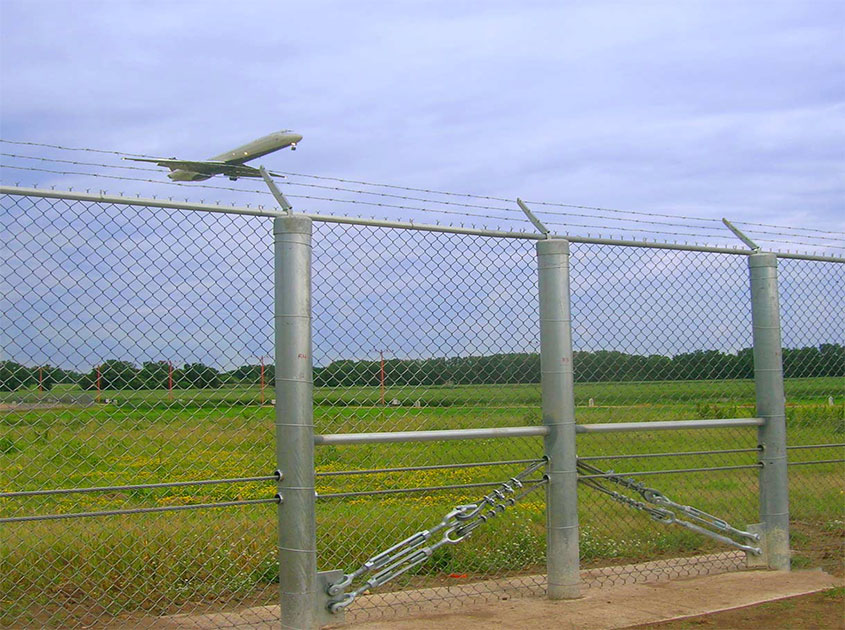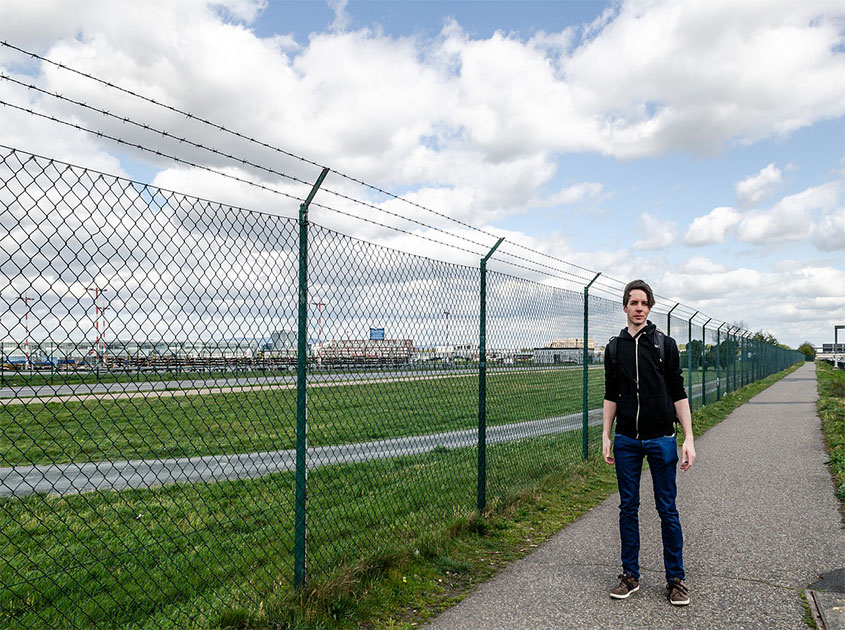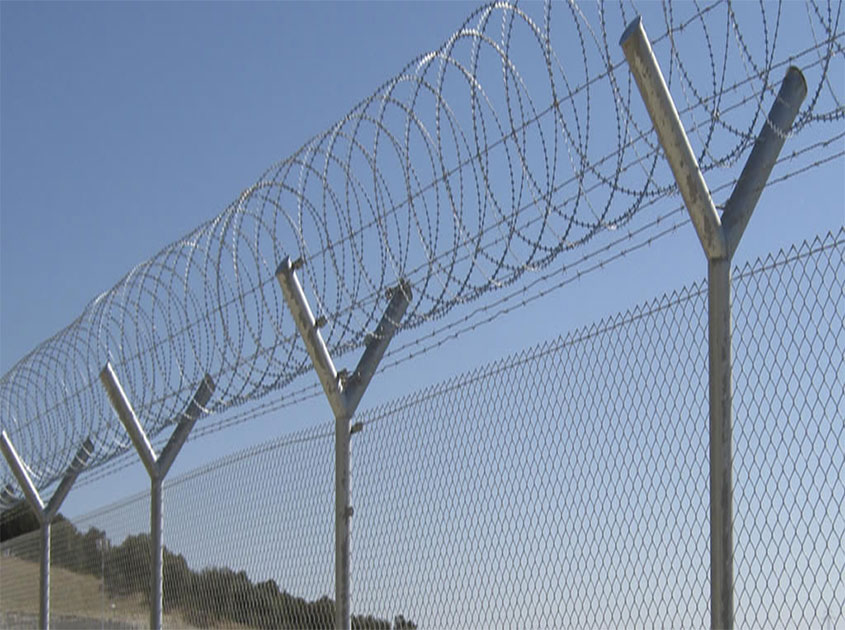- Home
- About Us
- Products
- Service
- Project
- News
- Contact Us
Pulished on Jun. 02, 2023
One of the fundamental components of airport security is the airport security fence. This article explores the significance of airport security fences in maintaining unparalleled safety standards. It highlights the unique challenges airports face, the key features of airport security fences, and the crucial role they play in safeguarding airports against unauthorized access, perimeter breaches, and potential security threats.
The Importance of Airport Security:
Airports serve as gateways to the world, handling a vast number of passengers and cargo daily. Ensuring the security of airports is essential to protect lives, prevent terrorism, and maintain the integrity of air travel. Airport security encompasses multiple layers of defense, and the security fence forms the first line of physical protection.

Challenges in Airport Security:
Airports face numerous security challenges, including unauthorized access, perimeter breaches, potential terrorist activities, and wildlife intrusion. These challenges necessitate the implementation of stringent security measures to mitigate risks and maintain the highest safety standards.
Perimeter Protection:
The primary purpose of an airport security fence is to establish a secure perimeter around the airport premises. The article explains how airport security fences act as a physical barrier, preventing unauthorized access and enhancing control over who enters and exits the airport grounds. It also discusses the importance of integrating access control systems with the security fence for enhanced perimeter protection.

Intrusion Detection Systems:
Airport security fences often incorporate advanced intrusion detection systems, such as CCTV cameras, motion sensors, and vibration sensors. These systems provide real-time monitoring and instant alerts, enabling security personnel to respond swiftly to potential breaches and security threats.
Wildlife Control:
Airports are often located near natural habitats, increasing the risk of wildlife intrusion onto runways and airport grounds. Airport security fences play a vital role in wildlife control, preventing animals from accessing critical areas and reducing the risk of wildlife-related accidents.

Maintenance and Regular Inspections:
The article emphasizes the importance of regular maintenance and inspections of airport security fences. Damaged or compromised sections of the fence can undermine its effectiveness, potentially compromising airport security. Regular maintenance and prompt repairs ensure the fence remains in optimal condition, maintaining the highest safety standards.
International Standards and Regulations:
Airport security fences must adhere to international standards and regulations, such as those outlined by the International Civil Aviation Organization (ICAO). The article provides an overview of these standards and highlights the importance of compliance to ensure consistent and effective airport security worldwide.
Conclusion:
Airport security fences are indispensable in ensuring unparalleled safety standards in the aviation industry. By establishing a secure perimeter, deterring unauthorized access, integrating intrusion detection systems, and addressing wildlife control, these fences play a critical role in safeguarding airports. Through regular maintenance, adherence to international standards, and the integration of advanced security technologies, airport security fences continue to evolve to meet the ever-changing security challenges. Ultimately, airport security fences contribute to maintaining the safety and integrity of airports, allowing passengers to travel with peace of mind and the aviation industry to operate efficiently and securely.